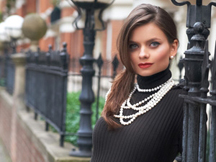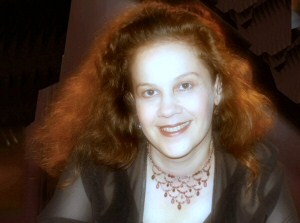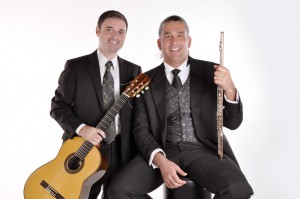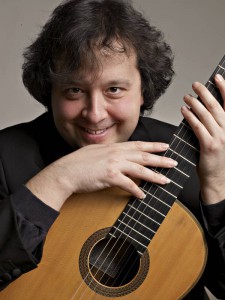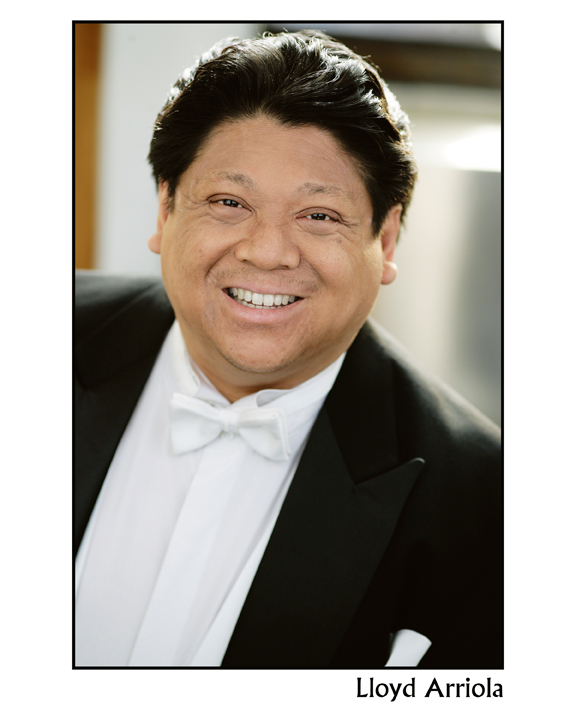Canada’s Honens International Piano Competition, held every three years, offers the largest prize of any piano competition ($100,000 CAN and a half-million-dollar three-year career development award) to “the Complete Artist” – characterized as “a sensitive musician, a consummate collaborator, an awe-inspiring virtuoso, a communicator, a dreamer, an explorer.” The 2012 Competition has yet to select a winner, but meanwhile New York listeners had a chance to witness the Honens ideal at work through Russian pianist Georgy Tchaidze, presented in New York as the 2009 Prize Laureate. Still in his young twenties, he looks onstage to be almost too young to have had already three years of high-voltage career grooming; on the other hand, when he plays, he demonstrates such mature and highly honed artistry that it is hard to imagine that he is not a concert veteran of several decades.
His individuality was evident immediately in his program, which, aside from Mussorgsky’s Pictures at an Exhibition to close, was not typical Russian virtuoso fare. Four Fairy Tales of Medtner (“Skazki”), Op. 34, opened the program. Medtner is still underperformed in concerts, despite growing numbers of recordings, so these were welcome choices. The Fairy Tales are deceptively demanding, but Mr. Tchaidze proved he possesses the refined technique and abundant imagination to bring these pieces new and resplendent life. His phrasing had a wonderful elasticity always, from where it sang out in exposed opening octaves in No. 1 (“The Magic Violin”) to where it dovetailed in No. 2 with intricate left hand accompaniments. In addition, especially in No. 3, “Wood Spirit (but a kind and plaintive one),” there was an expressive physicality in Mr. Tchaidze’s approach which conveyed involvement every second, inspiring the listener to feel and breathe with him. This is not to say that he is in the category of highly demonstrative performers including, say, Lang Lang, but that he becomes physically one with each work’s spirit. “The Poor Knight” (No. 4) showed the pianist as storyteller and was as superb as the rest of the set.
Underplayed repertoire can be the last refuge for mediocre performers billed as pioneers, so excellent interpreters such as Mr. Tchaidze are much needed. Prokofiev’s Sonata No. 4, Op. 29, is another of the relatively ignored works of a great master. Understandably, other Prokofiev Sonatas have had broader appeal for pianists, but No. 4, with its alternation of the cryptic and the despondent, has remained a tougher “nut to crack.” Mr. Tchaidze gave a masterful, highly nuanced performance of this work, dedicated to Prokofiev’s deceased friend Maximilian Schmidthof, who had committed suicide a few years earlier. In the sublime moments of its second movement especially, the pianist showed a deep and genuine feeling for the composition. On such moments can rest an entire work sometimes, and Mr. Tchaidze’s interpretation should support much more widespread appreciation of the piece.
The concert also included vocal music with Mr. Tchaidze as collaborator – whether from the pianist’s personal artistic preference or in support of the Honens Competition’s professed ideal of the “Complete Artist” (evidenced by the competition’s art song and chamber music requirements). Six Romances, Op. 38, of Rachmaninoff were given dramatic, projective performances by world-class singer Dina Kuznetsova, with Mr. Tchaidze providing an excellent pianistic backdrop for the lyricism of these gems. The offering was a refreshing change of pace in the middle of a piano recital, a throwback, in a way, to salon days, in which there was “something for everyone.” Perhaps the “21st century artist for 21st century audiences” that the Honens competition seeks has more in common than expected with the artists of yesterday, and perhaps what audiences really want is simply something great. While there was no evidence of a “claque” at the recital, there were coos and quiet little gasps of admiration throughout. Tchaidze may very well become a musician’s musician.
Mussorgsky’s Pictures at an Exhibition concluded the evening with a standard of the Russian virtuoso repertoire – though played with plenty of surprises. There were, in fact, transitional moments in this set that had me feeling that I had never heard them before. Whether or not one agreed with each decision (e.g. an unsettlingly fast initial Promenade and an unusually slow Gnomus), there was not in Mr. Tchaidze’s playing a fallow, unexplored moment. Where a lesser artist might have relaxed a bit on the merits of this composition itself or on such a glistening technique as this pianist has, Mr. Tchaidze was rigorously thoughtful and intelligent in all his responses. He brought the evening to an exciting close with “The Great Gate at Kiev” and followed with sensitive renderings of Liadov’s “Musical Snuffbox” and Scriabin’s Feuillet d’Album Op. 45. I’ll look forward to his next performance!

